Some cats are tiny, purring angels. Others? Chaos in fur form.
Scratched-up furniture, sudden nips, midnight zoomies—if your cat has you questioning your life choices, you’re not alone. Feline behavior can be a mystery, but the good news? There’s always a reason behind their mischief. And better yet, there’s a way to fix it.
Whether your cat is ignoring the litter box, attacking your ankles, or yowling at the moon, there are solutions that don’t involve surrendering to their tiny, tyrannical ways. A few simple changes can turn a troublemaker into a snuggly, well-behaved companion.
Ready to restore peace in your home? Here are 13 ways to tackle those frustrating feline habits—and finally understand what’s going on inside that fluffy little head.
Understanding Territorial Behavior
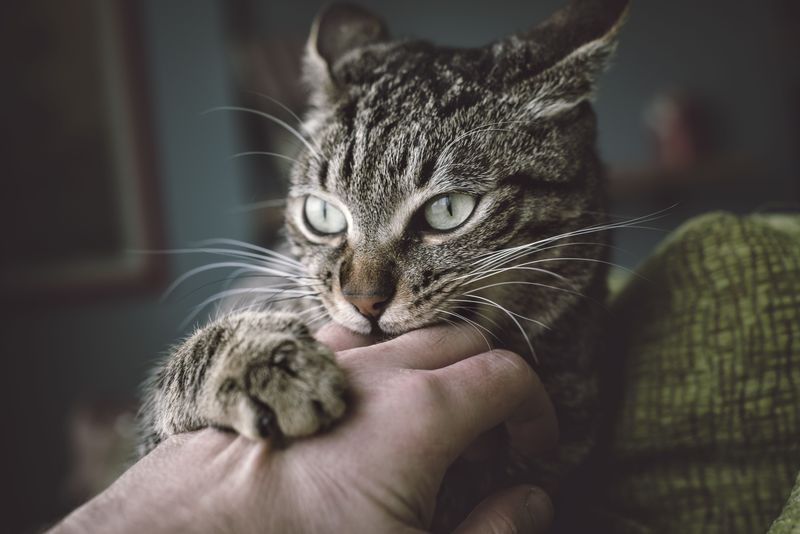
Territorial behavior in cats is natural, but it can lead to problems if not managed. Cats mark their territory by scratching or spraying, which can be frustrating for owners. Providing ample scratching posts and keeping a clean litter box can help.
These actions allow cats to express their instincts without damaging your home. Consider using pheromone diffusers to create a calming environment.
Understanding that territorial actions are part of their natural instincts is crucial. Redirecting these behaviors in a positive way can reduce stress for both you and your cat.
Reducing Aggression
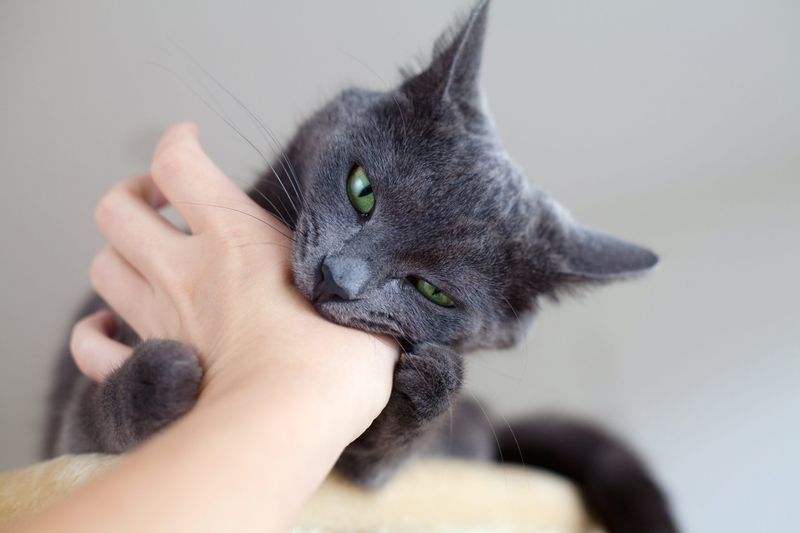
Aggression in cats can be alarming, but there are ways to mitigate it. Identifying the triggers is the first step—whether they involve other pets, people, or specific situations.
Once identified, work on desensitizing your cat to these triggers gradually. Positive reinforcement, like treats and affection, can be effective.
Creating a safe space where your cat can retreat can also help reduce stress and aggression. Remember, patience is key as you work through these challenges together.
Addressing Litter Box Issues
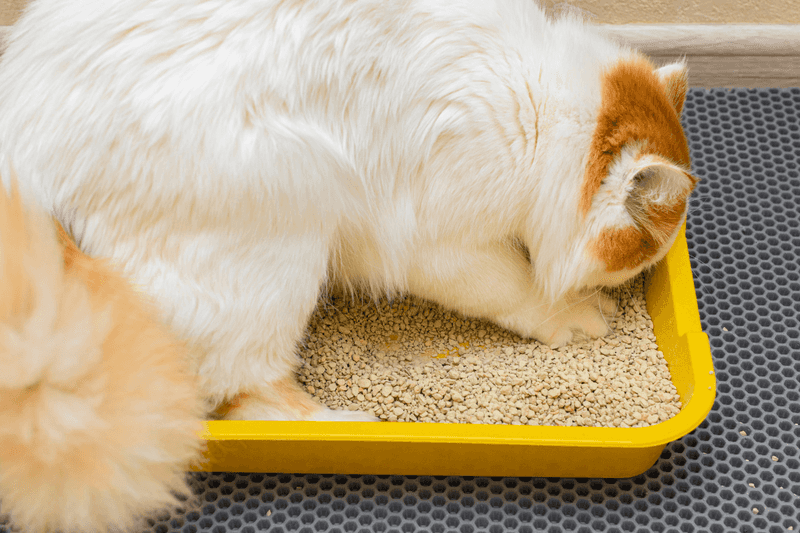
Litter box problems are common but solvable. Ensuring the box is clean and in a quiet location is crucial. Cats prefer privacy, so a secluded area is ideal.
Experiment with different types of litter to see what your cat prefers. Some cats are sensitive to scents or textures.
Observing your cat’s behavior can provide insights into their preferences and help you make necessary adjustments. Consistency is essential for successful litter box training.
Managing Destructive Scratching

Destructive scratching can damage furniture, but it’s a natural behavior for cats. Provide alternatives like scratching posts or pads in areas your cat frequents.
Encouraging their use with catnip or treats can make these new spots more appealing. Covering furniture with protective materials can deter unwanted scratching.
Understanding that scratching is instinctual helps in finding solutions that satisfy your cat’s needs without compromising your home’s aesthetics.
Tackling Excessive Meowing

Excessive meowing can indicate boredom, hunger, or a desire for attention. Observing when and why your cat meows can provide clues.
Interactive toys can keep your cat entertained, reducing vocal demands. Establishing a routine for feeding and playtime can also minimize meowing.
Sometimes, meowing might signal a health issue, so a vet check-up is wise if the behavior persists. Understanding your cat’s communication helps in addressing its needs.
Solving Fear and Anxiety

Fear and anxiety in cats can stem from changes in the environment or routine. Providing a safe space where your cat feels secure can help alleviate these feelings.
Slowly introducing changes and using calming aids like pheromone sprays can ease transitions. Engagement through gentle play and interaction builds trust and reduces anxiety.
Monitoring your cat’s behavior for signs of stress allows for timely intervention, ensuring their comfort and well-being.
Dealing with Over-Grooming
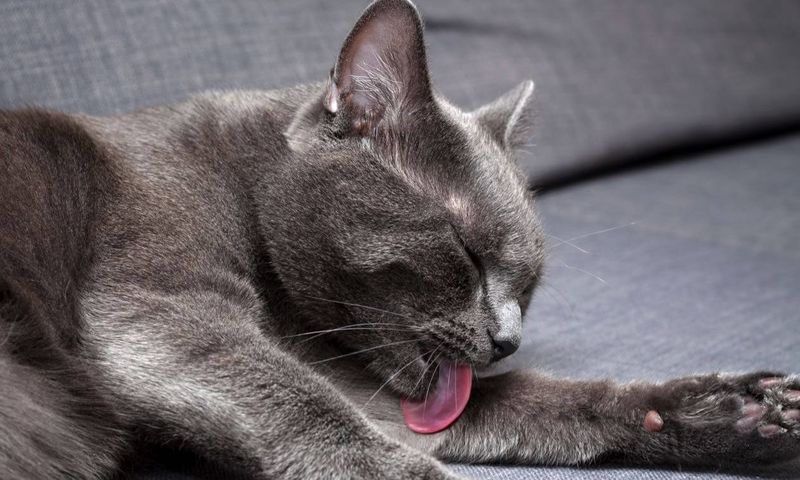
Over-grooming can lead to bald spots and skin issues. It often signifies stress or medical conditions that require attention. Consulting a vet is essential to rule out health problems.
Reducing environmental stressors and enriching your cat’s environment with toys and activities can help. Regular play sessions can distract from compulsive grooming.
Creating a relaxing atmosphere and establishing a consistent routine can soothe your cat, reducing the urge to over-groom.
Handling Nighttime Activity

Nighttime activity in cats is common due to their nocturnal nature. Providing evening playtime can expend energy, promoting restful nights.
Interactive toys that simulate hunting can satisfy their instincts. Ensuring your cat has a comfortable sleeping area helps encourage night-time rest.
If nighttime disturbances persist, consult a vet to rule out health issues. Understanding your cat’s natural rhythms can lead to harmonious cohabitation.
Preventing Chewing on Cords

Chewing on cords is dangerous and needs addressing promptly. Securing cords with protective covers or using cord organizers can deter this behavior.
Offering chewable alternatives like cat-safe toys can satisfy their need to chew. Supervision during playtime ensures they remain safe from hazards.
Keeping cords out of reach is a preventive measure that can protect both your cat and your electronics, fostering a safer environment.
Mitigating Jumping on Counters
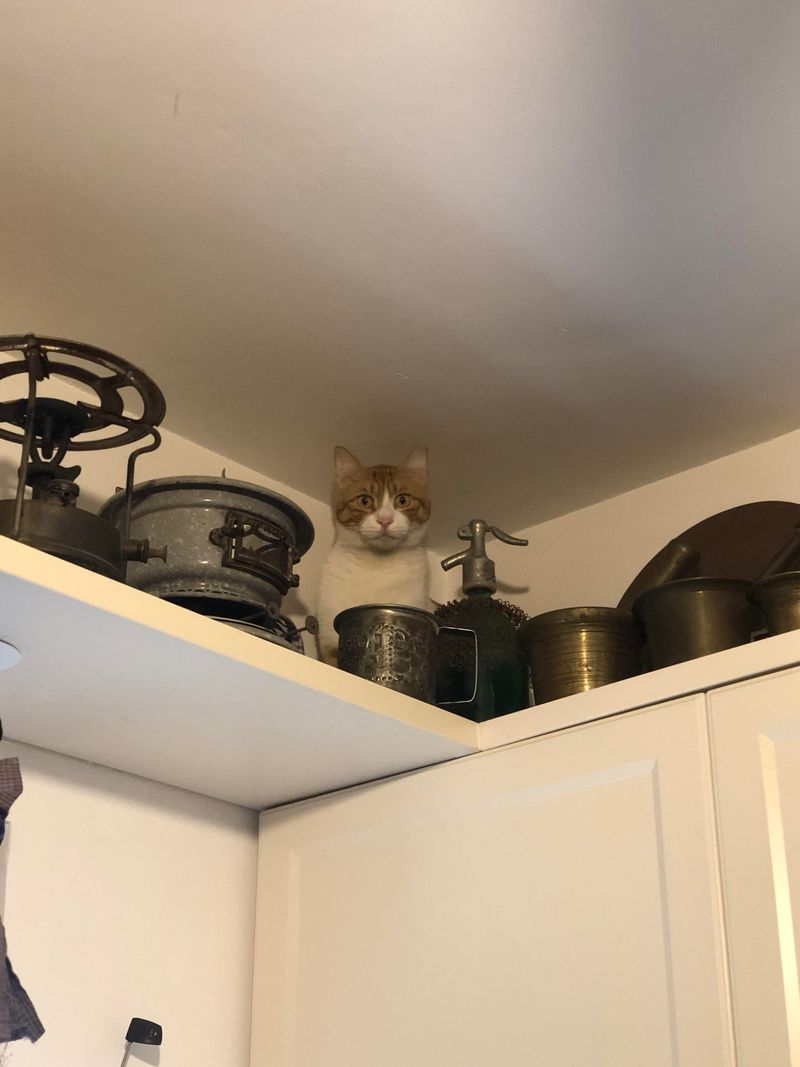
Cats often jump on counters out of curiosity or for a better view. Removing enticing objects and providing cat trees or perches can redirect this behavior.
Using deterrents like double-sided tape on surfaces can discourage jumping. Positive reinforcement when your cat uses designated areas fosters good habits.
Understanding their need to explore helps in creating a cat-friendly environment that respects your space too.
Encouraging Socialization
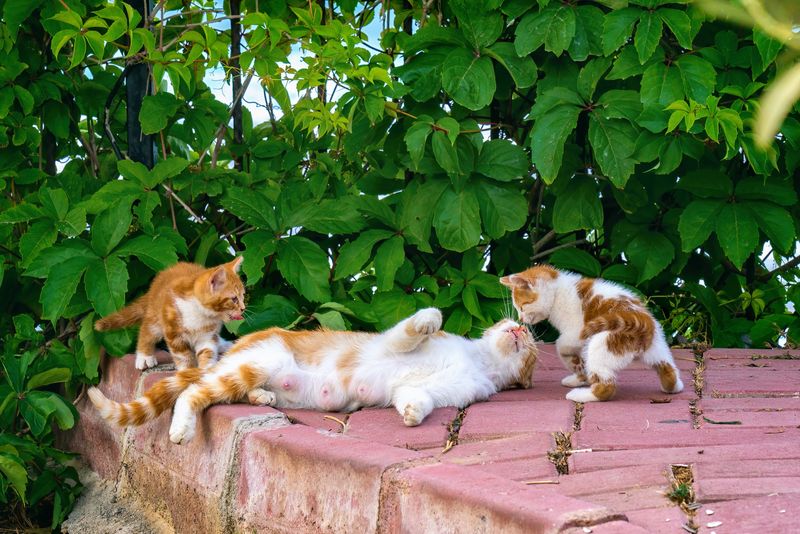
Socialization is crucial, especially for kittens. Gradual introductions to new people and pets can prevent fear-based behaviors.
Using treats and praise during interactions fosters positive associations. Regular exposure to different environments enhances adaptability.
Maintaining patience and consistency in socialization practices builds a confident and well-adjusted cat, ready to embrace new experiences.
Avoiding Overfeeding

Overfeeding can lead to obesity and health problems. Monitoring your cat’s diet and providing portion-controlled meals is essential.
Understanding nutritional needs and offering a balanced diet supports their health. Regular vet check-ups ensure your cat maintains a healthy weight.
Incorporating playtime into daily routines promotes physical activity, balancing calorie intake and fostering a healthier lifestyle.
Implementing Clicker Training
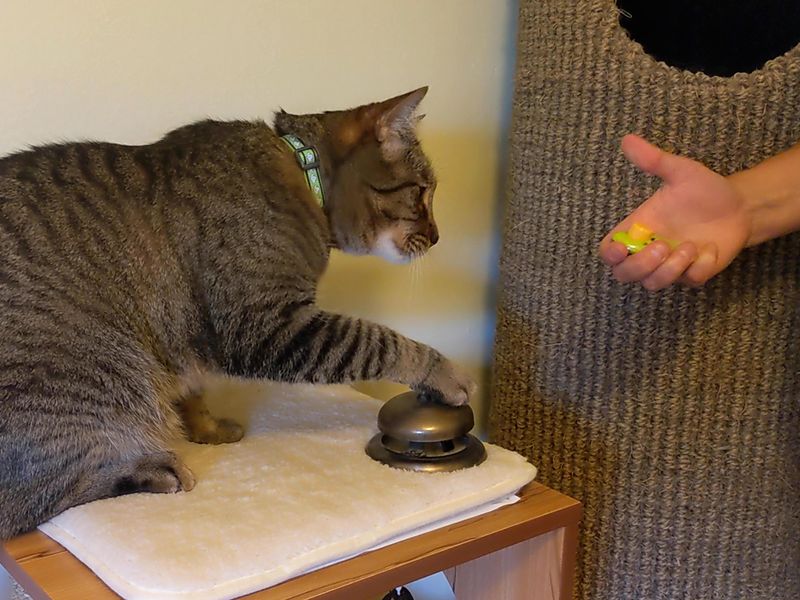
Clicker training is an effective method to shape behavior positively. Using a click sound followed by a treat rewards desired actions.
This technique fosters communication and strengthens the bond between you and your cat. Consistency and patience are key to successful training.
Engaging in regular sessions enhances your cat’s learning and adaptability. Through clicker training, your cat can master commands and tricks, enriching your companionship.

